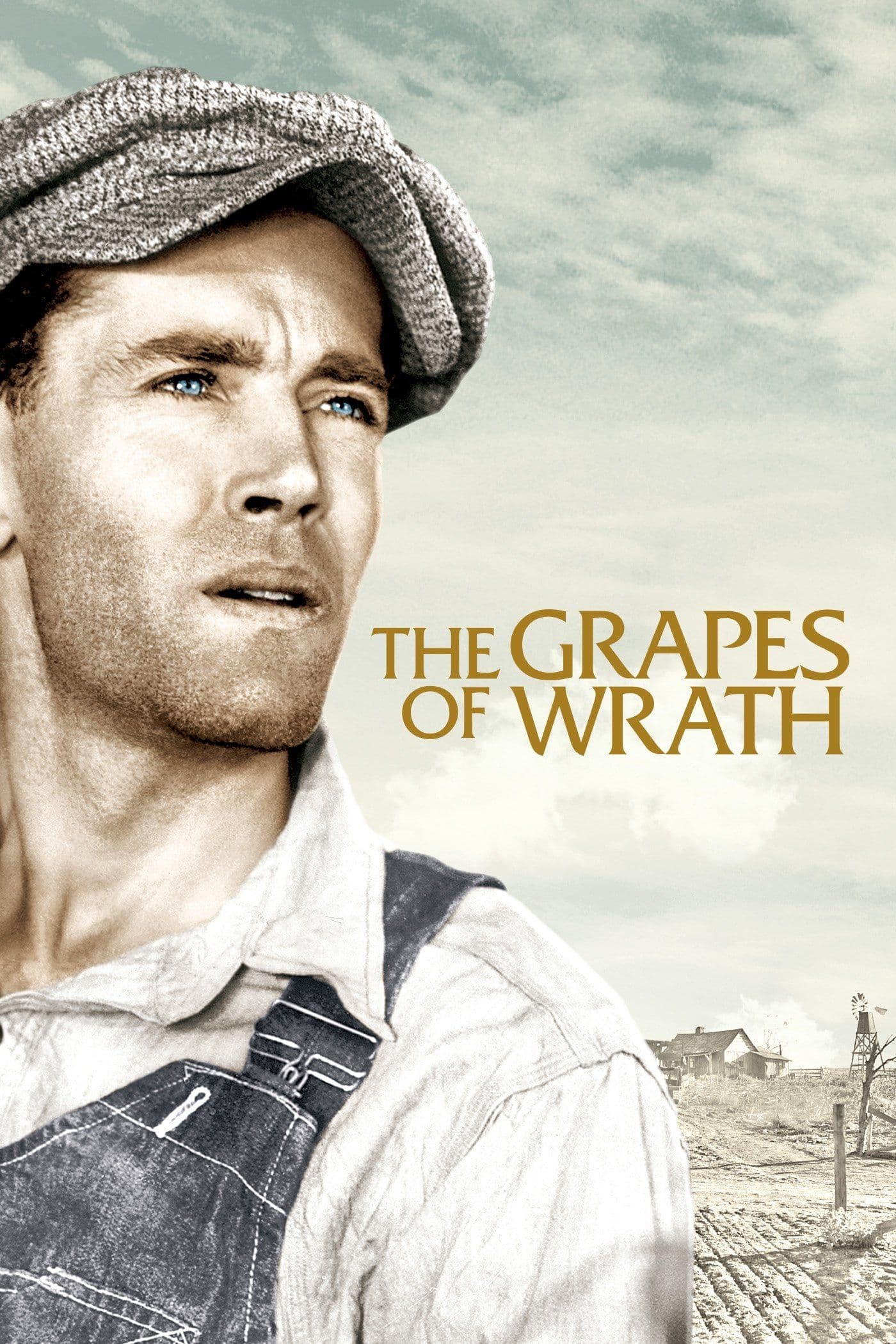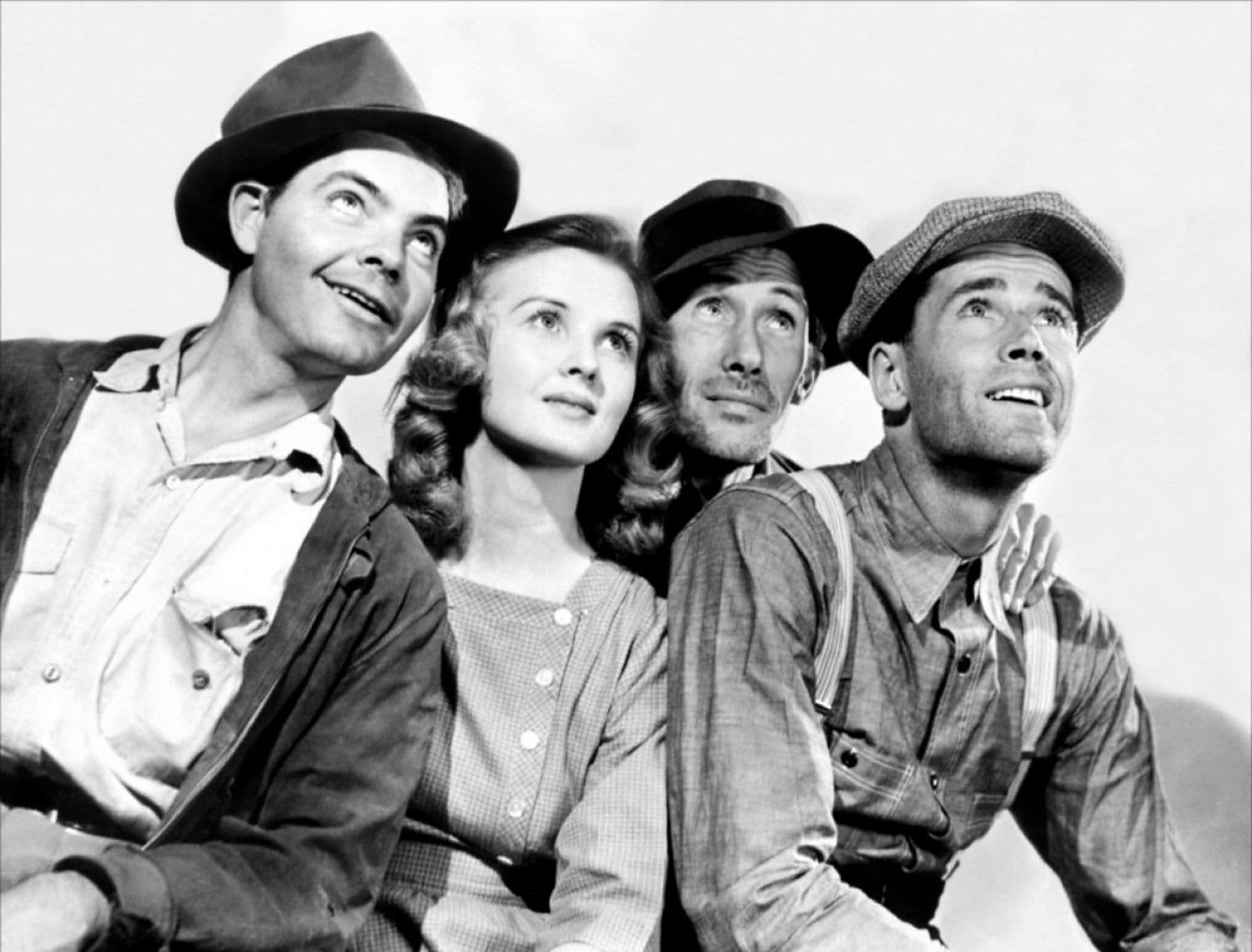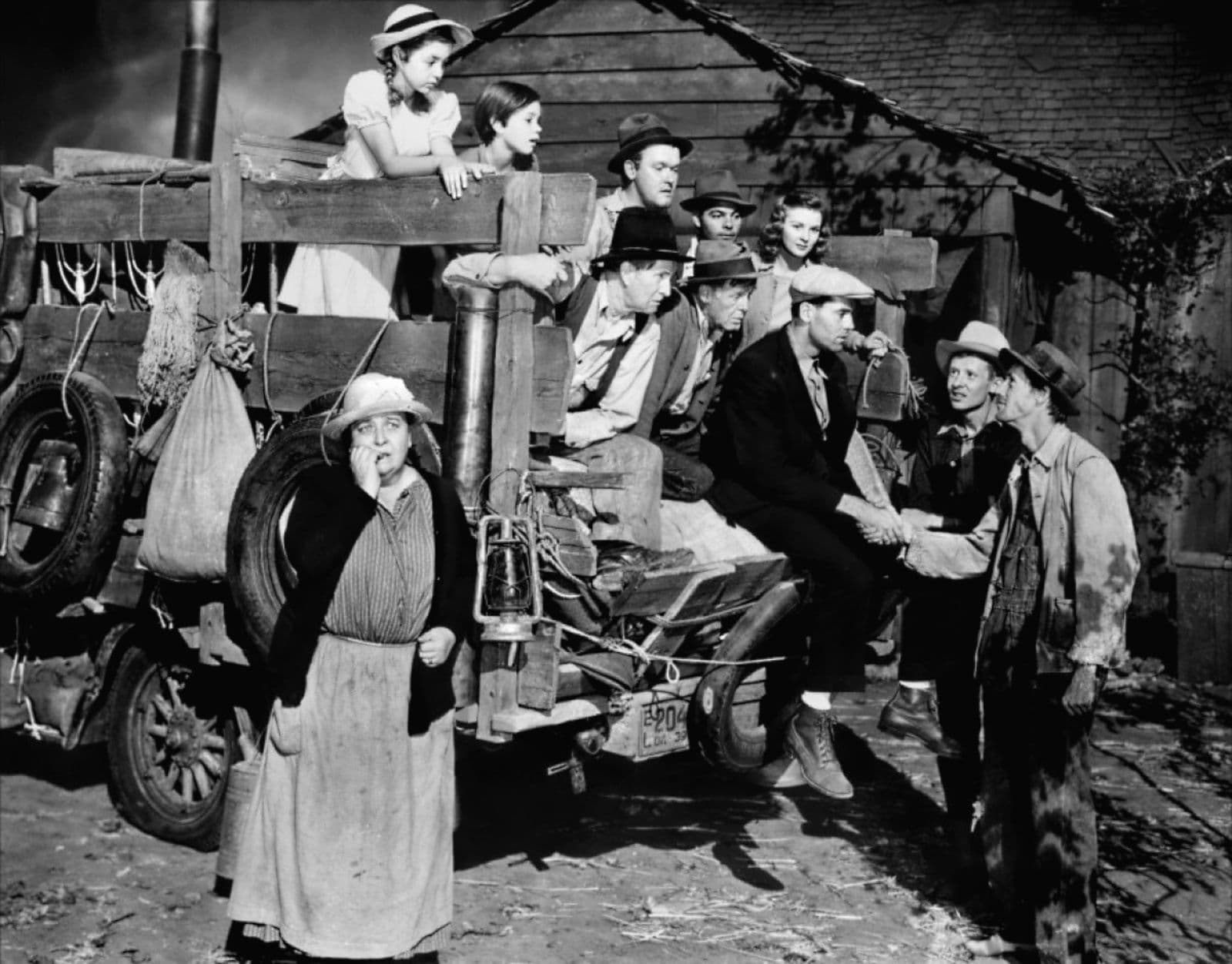
The Grapes of Wrath
1940
Rate this movie
Average: 5.00 / 5
(1 votes)
Director
Steinbeck's great literary work sublimated into film by John Ford: thus could the exegesis of this monumental film be condensed.
The Grapes of Wrath is a poignant and unforgettable tableau of rural America in the 1930s, a work that lays bare the contradictions of the American Dream and celebrates the resilience of the human spirit in the face of adversity.
A cinematic work of extraordinary power and emotional impact, a film that masterfully translated the strength of John Steinbeck's novel into images, denouncing social injustices and human suffering during the Great Depression.
Steinbeck, sensitive to social injustices, was a direct witness to the suffering of migrants and felt compelled to recount it in his novel.
The book became a symbol of the Great Depression, denouncing the exploitation, discrimination, and dehumanization of workers.
Steinbeck then actively collaborated with Ford on the film's screenplay, ensuring that the message of his novel was preserved and that the story was told with authenticity and respect for the characters.
For his part, Ford, with his experience and talent, transformed Steinbeck's novel into a cinematic work of great emotional impact.
His direction, restrained yet powerful, captured the essence of the book, creating an unforgettable tableau of 1930s America.
The story follows the plight of the Joad family, Oklahoma tenant farmers forced to abandon their land due to drought and economic crisis.
Led by Tom, a young man freshly released from prison, the Joads set off for California, the "promised land" where they hope to find work and a better life.
Their journey transforms into an odyssey through a hostile and indifferent America, where they encounter poverty, exploitation, and discrimination.
Despite difficulties and losses, the Joads keep hope and solidarity alive, facing the challenges of fate together.
The film portrays with realism and compassion the suffering of migrants, social injustices, and the struggle for survival.
But it is also an anthem to the strength of the human spirit and the ability to endure adversity.
A sensational tableau that John Ford draws from a novel inherently paradigmatic in shaping a humanity torn apart by history and the adversities encountered.
A superb performance in the lead role by Henry Fonda, moving, expressive, ironic.
John Ford's delicate touch is evident when he sketches the microcosm of this American family at the mercy of events yet always steadfast in its affections.
Following their tribulations, the analogy with the visionary power of Giovanni Verga and his I Malavoglia comes to mind.
Both authors highlight universal themes such as the struggle for survival, the strength of the family unit, the importance of roots, and human dignity in the face of adversity.
For his part, Ford reworks these themes through the filter of an incredibly perceptive sensibility.
Ford often uses wide and panoramic shots to show the vastness of the American landscape and the smallness of man in the face of the forces of nature and society.
These epic shots, reminiscent of paintings by artists like Thomas Hart Benton, underscore the epic dimension of the Joads' journey and their struggle for survival in a hostile world.
At the same time, Ford uses powerful visual symbols, such as the dust enveloping the arid Oklahoma land or the swollen river overwhelming the migrant camp, to represent the desolation and precariousness of their condition.
Ford alternates epic shots with close-ups on the characters' faces, capturing their emotions, their suffering, and their strength of spirit.
These close-ups, particularly on Henry Fonda as Tom Joad, make the characters more human and relatable to the viewer, allowing them to perceive their drama more intensely and empathetically.
Gregg Toland's black and white cinematography is characterized by a masterful use of light and chiaroscuro.
Night scenes, illuminated by soft and contrasting lights, accentuate the sense of mystery and precariousness, while day scenes, with light cutting across the characters' faces, underscore the harshness of their lives and the immense struggle for survival.
Ford uses visual symbols and metaphors to represent the central themes of Steinbeck's novel.
For example, the scene where Tom kills a man to defend his family symbolizes the anger and frustration of migrants in the face of rampant injustice.
The final scene, in which Rose of Sharon breastfeeds a starving man, is a powerful metaphor for human solidarity and the hope that emerges even in the most desperate situations.
Ford succeeded in synthesizing Steinbeck's message by creating a cinematic work of great power and profound humanity.
Ford's film is not only a faithful adaptation of the novel but also an autonomous work of art, which uses cinematic language to express with force and originality the themes of social justice, human solidarity, and hope.
Genres
Country
Gallery






Featured Videos
Official Trailer
Memorable Scene
Comments
Loading comments...